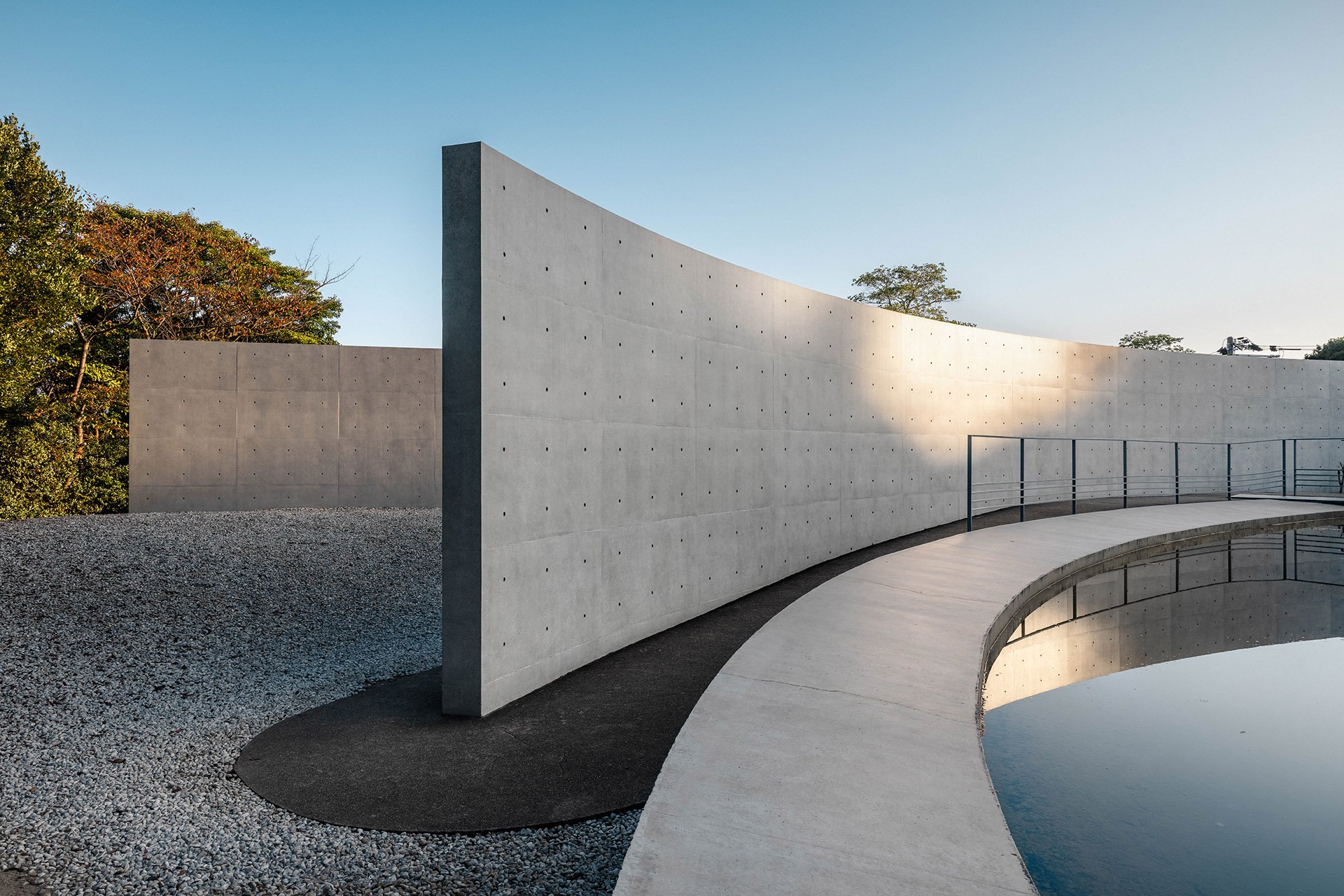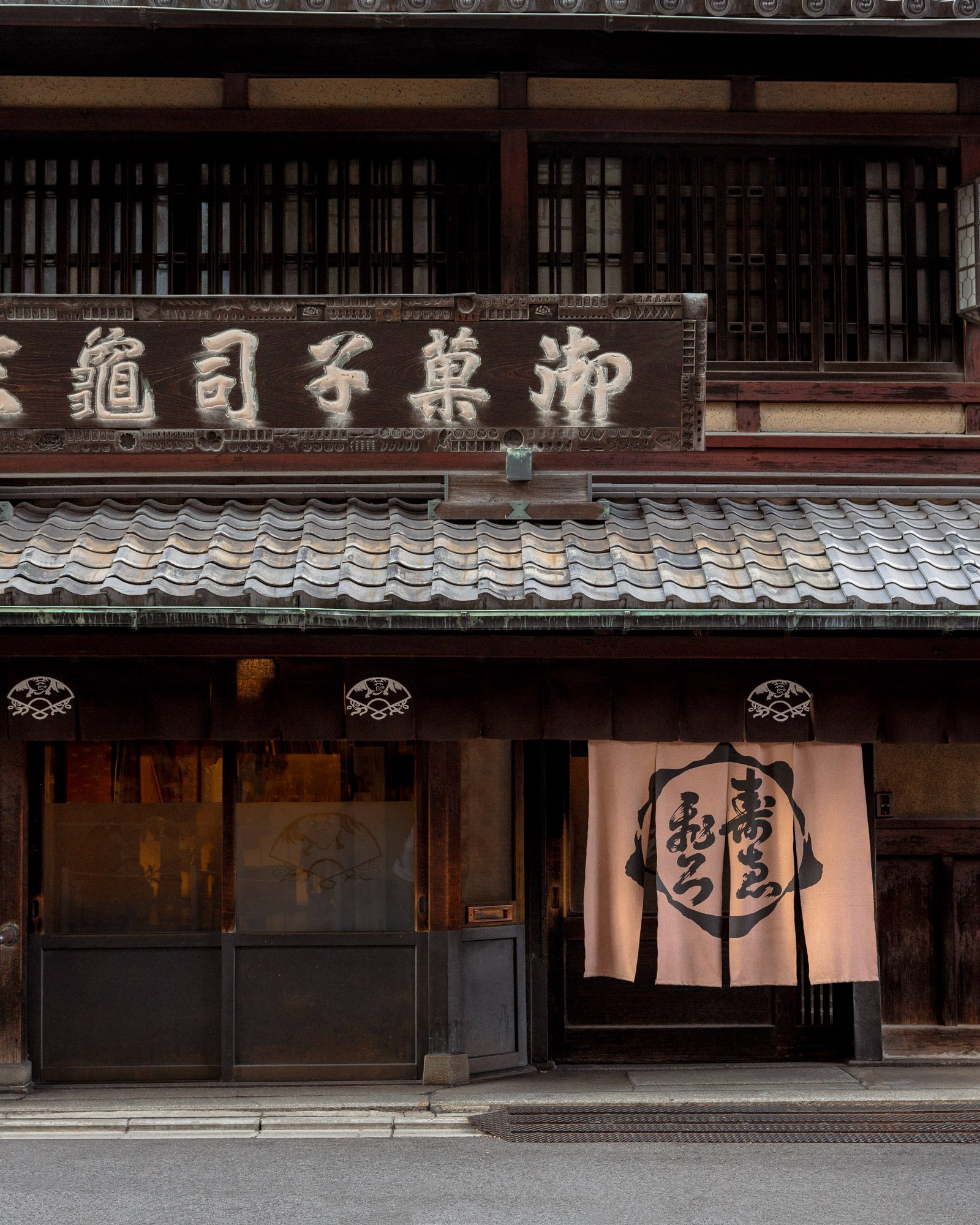Craft Stories: Handmade Glassware by Sugahara Glassworks
Japanese crafts are highly regarded across the world. Whether that’s the Samurai sword makers in Kanazawa, the traditional crafts of the Ainu, or the kimono masters of Fukuoka. For centuries, a running theme throughout all of these specialist crafts has been the gender disparity between men and women. One small glass workshop in Chiba aims to change that for good.
Sugahara Glass stands as Japan’s foremost traditional craft glass factory, where employee selection is based on individual skill rather than gender. It marks a turning point in Japan's traditional craft history, spearheading gender equality in the industry. Join me as we delve into the reasons behind my journey to Sugahara Glass and uncover what makes this factory truly special.
What is Sugahara Glass?
The history of Sugahara Glass started in 1932. At this point in time, the founder Kazuma Sugahara, started manufacturing glassware in Kameido. After merging to establish a Ltd company, relocating to Sumida-ku in 1950, Sugahara Glassworks was finally established in Chiba in 1961. Over the next 60 years, the company increased its development with products designed by Shohei Mihara, Borek Sipek, Dominic Habsburg, Izabel Lam, and others. They also sell their wares at various department stores around the world, hold exhibitions, and invite glass experts from across the world to learn their techniques. In the 1970s, Sugahara began developing and selling their own products - currently, 4000 are on offer including flower vases, plates, bowls, glasses, lights, clocks, trays, jewellery and more.
Discover more about traditional Japanese crafts in my brand new guidebook, Views from Japan.
Making Sugahara Glass
Kujukuri is a paradise for marine sports enthusiasts, beachgoers, yogis, surfers, and fishermen. Venture a few minutes up the road and you’ll find Sugahara’s main workshop, where the sea breeze still wafts through its open doors. Inside you’ll find a giant furnace takes center stage, with junior and senior artisans heating up glass through its portholes. Production usually starts at 8:15 and will incorporate any number of designs for the day - though all are crafted to engage people through each of the 5 senses.
Since the very beginning, Sugahara Glass has been painstakingly handmade by hardworking and passionate crafts experts. During the making process, these experts lean into the fact that glass, made from natural materials, cannot be completely controlled. Sometimes products end up different than intended, but that’s all part of the process, and what makes Sugahara Glass so special. The only requirement set in stone by Yusuke Sugahara is to make products that can be used in daily life - how they get there is up to the individual artisan.
Visiting Tokyo? Download your free Tokyo Neighbourhoods guide here.
Why is Sugahara Glass important?
Craftsmen in Japan, on the whole, tend to be male. This trend is influenced by historical gender roles, the tradition of fathers passing skills and knowledge down to their sons, and prevailing social norms and expectations. As a result, traditional crafts often exhibit a notable gender disparity, with women typically underrepresented in comparison to men.
At Sugahara Glass, progressive policies and innovative thinking adapt with new hires, shaping the evolution of the glassmaking process. As the workforce diversifies, Sugahara Glass now has a growing number of women artisans, supported by the implementation of flexible working styles. The significance of Sugahara Glass in an industry traditionally dominated by men cannot be overstated. While crafting glass products can be physically demanding, the company ensures inclusivity by offering options for individuals who may not possess the required physical strength, with additional accommodations continually being introduced.
Sugahara Glass places a premium on the individuality of each crafted piece, prioritizing artistic expression over gender distinctions and their ethos emphasizes the uniqueness and creativity of each artisan, regardless of gender. This inclusive approach underscores Sugahara's commitment to embracing diversity and fostering a culture where the significance of gender becomes increasingly negligible, paving the way for a more equitable future in the Japanese craft industry.
Related post: 7 Places to Visit in Japan for Traditional Crafts
Visiting Sugahara Glass
While thousands of Sugahara Glass products are available all over the world, if you’re in Japan you’ll have the opportunity to visit as well. Faced by the Pacific Ocean, visitors can pre-book a glass production course for ¥3,850 where you’ll have the chance to make plates, pots, and glasses every Saturday or Sunday. The technique used will have you and a master craftsman stretch molten glass together to create your piece. Once it's done, you can ship it back home.
Pro tip: Every year, Sugahara Glass hosts a craft market event called ‘Kurashizuku,’ attracting customers and artists from all over the country. Local restaurants also participate by setting up stalls and feeding guests with local cuisine.
Once you’ve finished crafting your piece, wander over to the Sugahara Factory Shop which holds over 4000 products, many of which are designed and created by the individual craftsman. Finally, end your day at Sugahara Café Kujukuri for some reasonably priced Japanese sweet treats and a lunch set.
Ready to explore? Here’s a list of the best hotels in Kujukuri.
Affiliate Disclosure: Please note this post may contain affiliate links. By purchasing via these links, I may earn a small commission at no additional cost to you. It’s a big help to keep this site up and running and I only promote products and services that I personally use and trust. Thanks!
Discover Japan Like Never Before. Tried & Tested by a Local.
For the design-conscious, culturally curious and forward-thinking travellers amongst us, Views from Japan is a brand new travel guidebook that gives you all the tools you need to unlock remote destinations, delve into unique cultural experiences and discover lesser-known neighbourhoods, without spending hours trawling the web or following generic itineraries.















